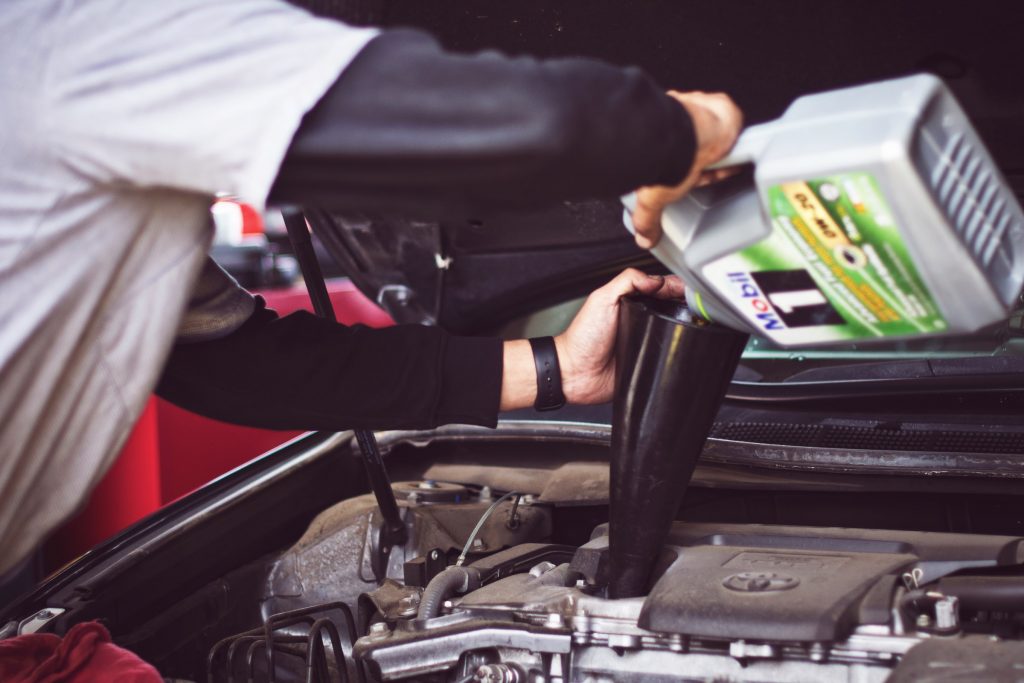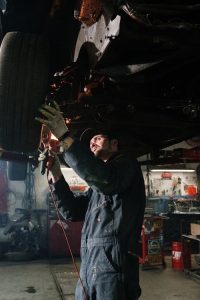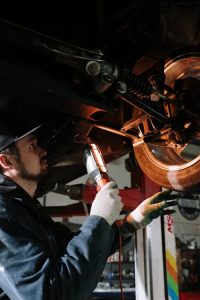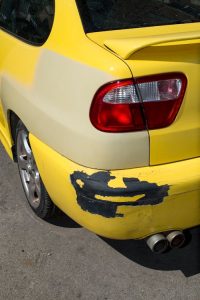Many people use their cars without knowing what’s really under the hood. When you break down, you rush to the garage. However, a little knowledge about the various essential mechanical parts of the car can save you the cost of repairing it since you can do it yourself. Here is a lexicon of car parts that you absolutely must know.
The engine
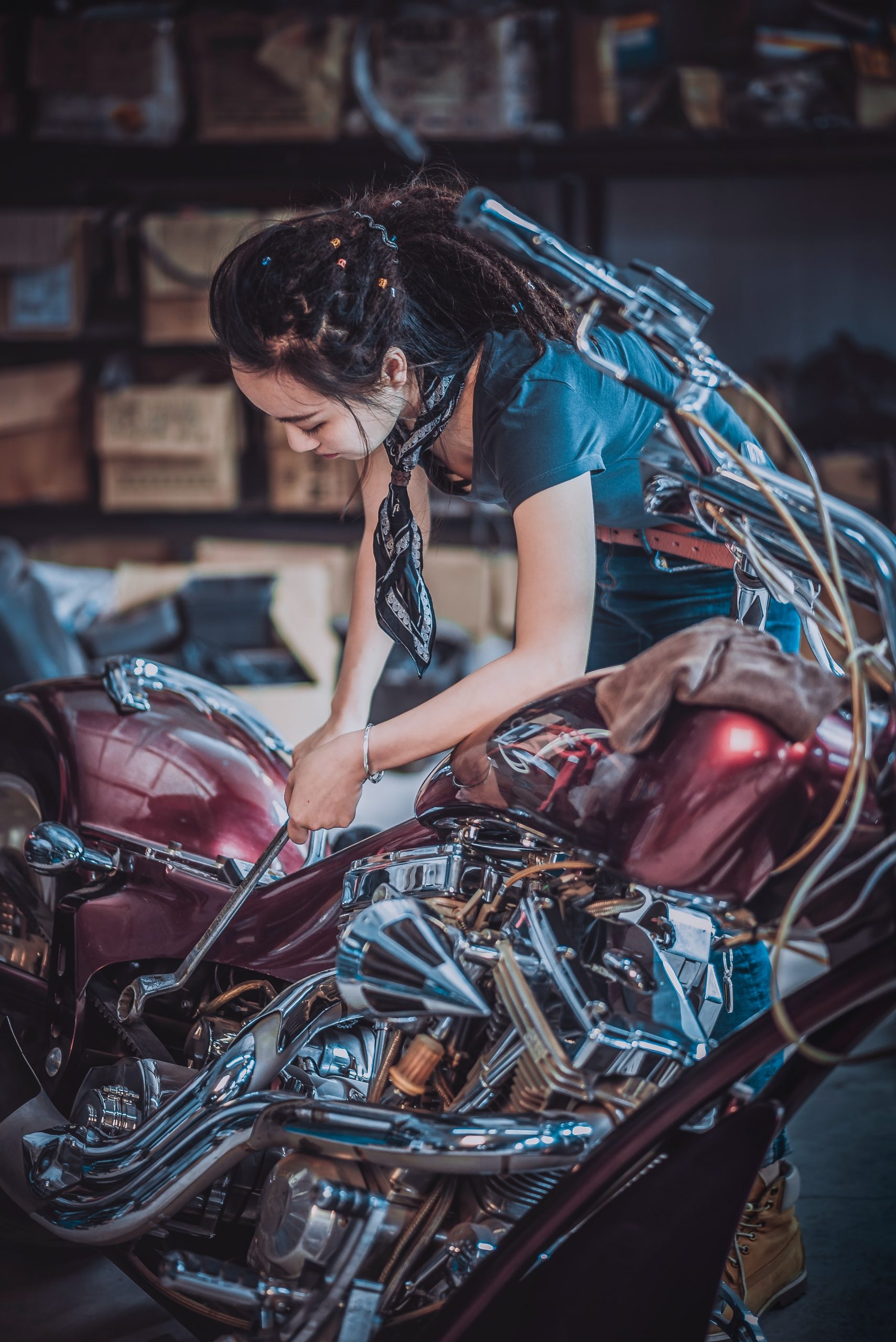
It is the main part of a car. Without it, the vehicle cannot function since it guarantees its propulsion and its starting thanks to the energy it produces. Its operation is similar to that of an air pump. The engine has cylinders, each containing a piston. It is activated in four stages:
- In the first stage, the pistons descend, sucking in fuel and air ;
- Then they move up so that the cylinders can compress the fuel-air mixture;
- An explosion due to the combustion of the mixture then occurs, causing a spark. This reaction sends the pistons back down.
- Finally, the pistons will move up again to let the exhaust gases pass out of the engine. The cycle will start again from the beginning.
The back and forth movement allow the engine axle to turn and move towards the wheels. This is how the car starts.
The air filter
Rectangular or circular in shape, the air filter is your car’s lungs. It prevents dust from entering the engine. Indeed, if the air circulating in the engine is dirty or in small quantities, the fuel cannot be burned. It is, therefore, necessary to regularly check the condition of your air filter.
The injection system
This is where the fuel is sent to the cylinders. The injectors spray the gasoline or diesel into the cylinders and mixed with air.
The cylinders
All the cylinders of an engine are grouped in what is called displacement. Generally, the most common engines have 4, 6, or 8 cylinders. The role of the cylinders is to guide the pistons during the engine’s movements. When they slide, the cylinders offer as little resistance as possible. They also ensure that the gases inside the engine are sealed.
The valve
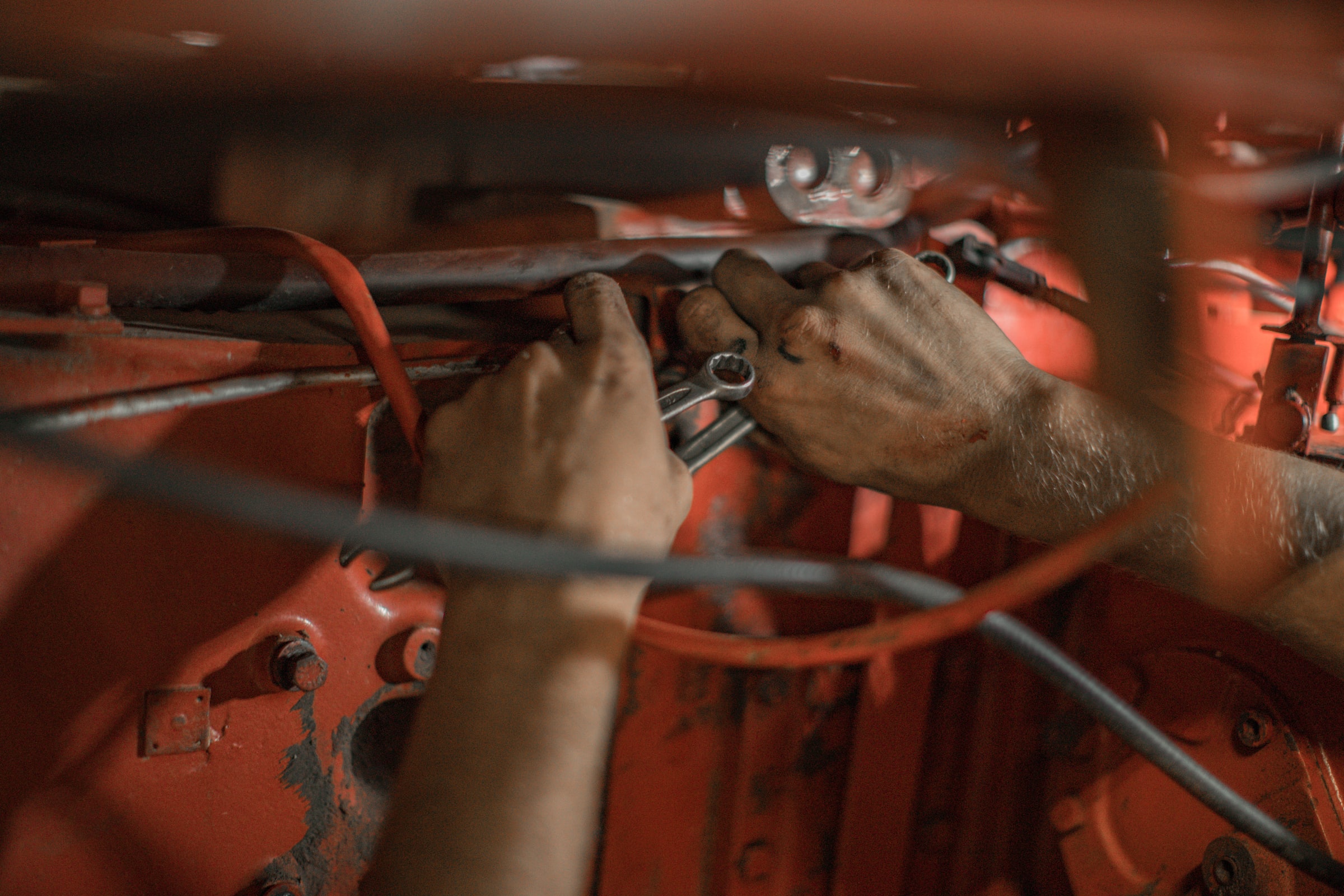
Composed of a stem with a head, a tail, and a collar, the valve is an essential part of the operation of an engine. When it is activated, all the valves start moving. They seal the combustion chamber when the air-fuel mixture explodes in the closed position. They allow the gases produced during this explosion to be evacuated in the open position.
The transmission
Automatic or manual, the transmission allows the change of speed, the reversal, or the static position. It is responsible for the transfer of energy from the engine to the wheels.
The exhaust system
These are pipes that are used to expel the gases produced by combustion to the outside. The exhaust system has two components:
- The catalyst or catalytic converter: a device for controlling gas emissions. Its role is essential in reducing pollution.
- The muffler: As its name suggests, this is a mechanism that reduces the noise of exhaust gases. It contains a perforated tube called a “machine gun tube” covered with rock wool that acts as an insulator. Its baffle arrangement ensures the slowing down of the exhaust speed and, therefore, the noise.
The battery
The battery is an essential part of the car’s operation, storing energy from the alternator and releasing it. Its main role is to launch the engine when starting. In addition, it powers all the electrical and electronic accessories used by the car: car radio, ABS, headlights, air conditioning, power windows, etc.
The alternator belt or accessory belt
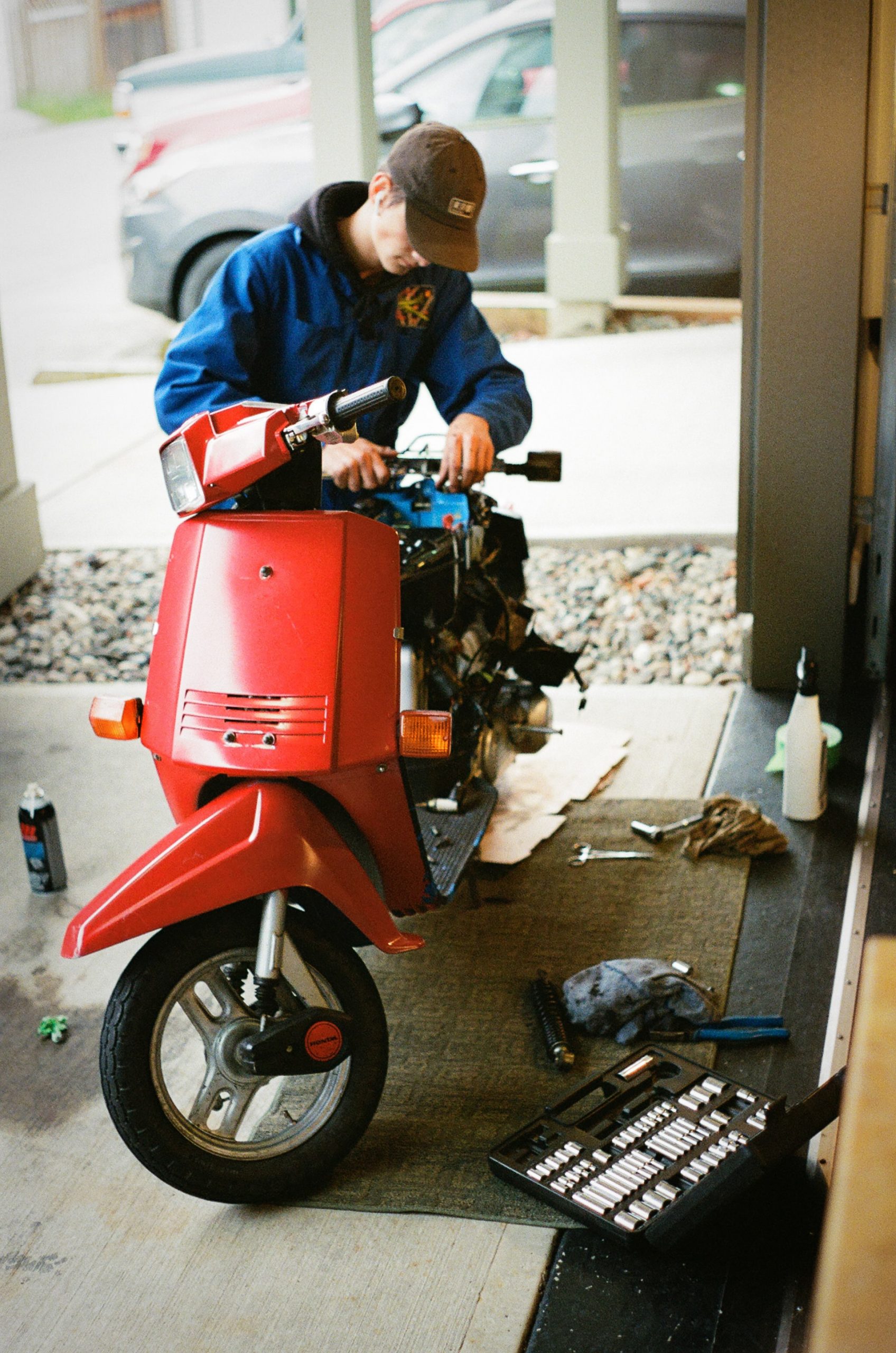
It provides the electricity needed to keep everything running. As soon as the engine is started, the alternator is also activated. Like an energy generator, it recharges the battery for the next start. The parts mentioned are all essential to the proper functioning of a car. They require regular inspection and maintenance. If one of them fails, it must be replaced immediately.
Sound off in the comments section below and tell us what you want to read next and if you want to read more about car parts.

